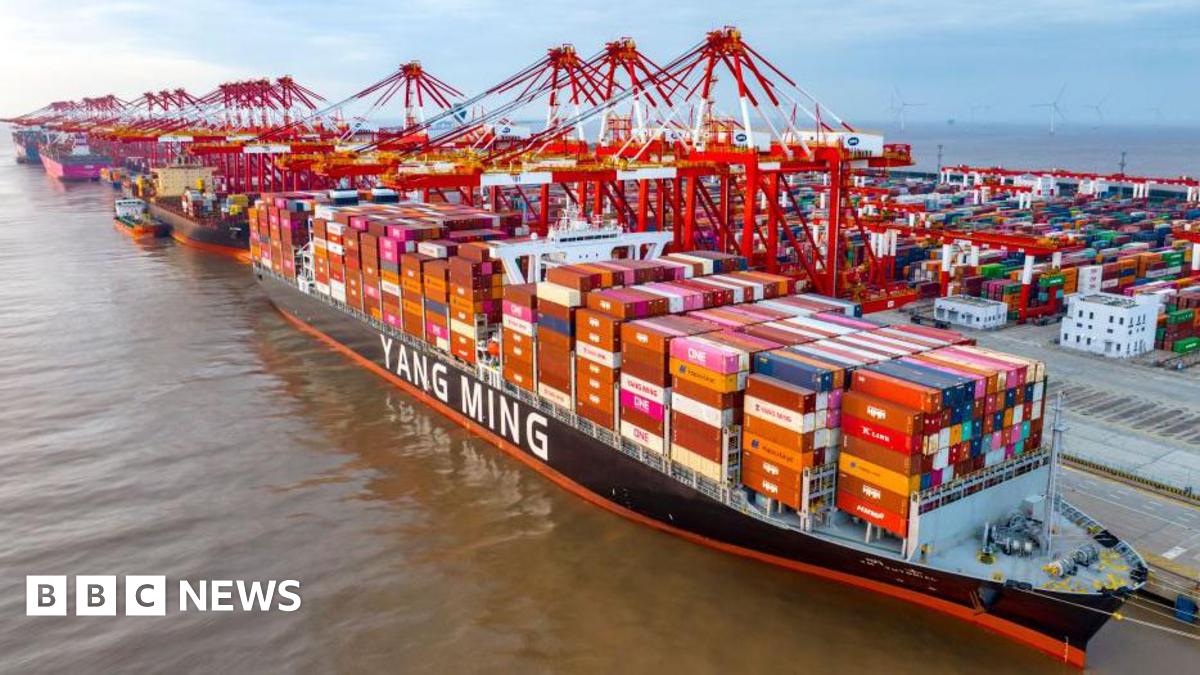XRP, one of the largest cryptocurrencies by market capitalization, skyrocketed in mid-July. However, the digital asset has since fallen back to Earth, trading near 53 cents at time of publication, a bit more than its 48-cent mark prior to a landmark ruling from a federal judge involving Ripple, the company that uses XRP to fuel its business.
As of Wednesday afternoon, XRP had a market capitalization of approximately $28 billion—compared with roughly $25 billion before the Ripple ruling—but that’s after reaching $43 billion on July 20, when it traded for 82 cents.
XRP’s sudden tumble mirrors broader market downturns. Bitcoin, which dominates the total market capitalization of all cryptocurrencies, is down from a high above $31,000 on the day of the ruling to now near $26,000. The S&P 500 is down almost 2%, and the NASDAQ has dropped about 3%.
However, XRP’s gains and losses are more pronounced.
“My sense is that XRP has given up its gains both due to the general poor crypto market performance and as the decision may not be conclusive,” Brian Rudick, a senior strategist at crypto trading firm GSR, told Fortune. “This is because the judgment is not binding precedent, the SEC is moving to appeal it, and full resolution could take months or years.”
The dramatic ups and downs of XRP reflect the roller-coaster ride of sentiment following the unveiling of the initial Ripple ruling in mid-July. In December 2020, the SEC sued Ripple, alleging that its sale of XRP to venture capitalists, deep-pocketed investors, retail customers, and others was akin to offering unregistered securities.
For years, the litigation wound its way through court, as many onlookers waited eagerly for its result amid increasingly aggressive barrages from the SEC against crypto companies. Whether the court found XRP to be security, over which the SEC would have a high latitude of regulatory control, or a commodity, something more akin to sugar or gold, would influence how courts would interpret future cases—and therefore the future of the crypto industry in the U.S.
In mid-July, Judge Analisa Torres delivered a summary judgment, finding XRP to be a security in its sales to institutional investors, or venture capitalists and those from financial firms, and not a security in its sales on secondary markets, which include crypto exchanges like Coinbase and Binance.
Many saw Torres’s ruling to be a win for Ripple, and XRP almost doubled in price in one day. However, since the ruling, the SEC has said it intends to appeal, and another judge in a separate piece of crypto litigation rejected the defense’s invocation of the Ripple ruling.
Moreover, regardless of the legal battle, there is a larger discussion of the cryptocurrency’s inherent usefulness, according to Matt Hougan, chief investment officer at Bitwise.
“Even if you remove all the legal risk around XRP, there is still the huge question of whether it will gain useful adoption in the world,” he told Fortune. “After the initial burst of excitement, I think some people realized: There is still a long row to hoe.”
Credit: Source link











